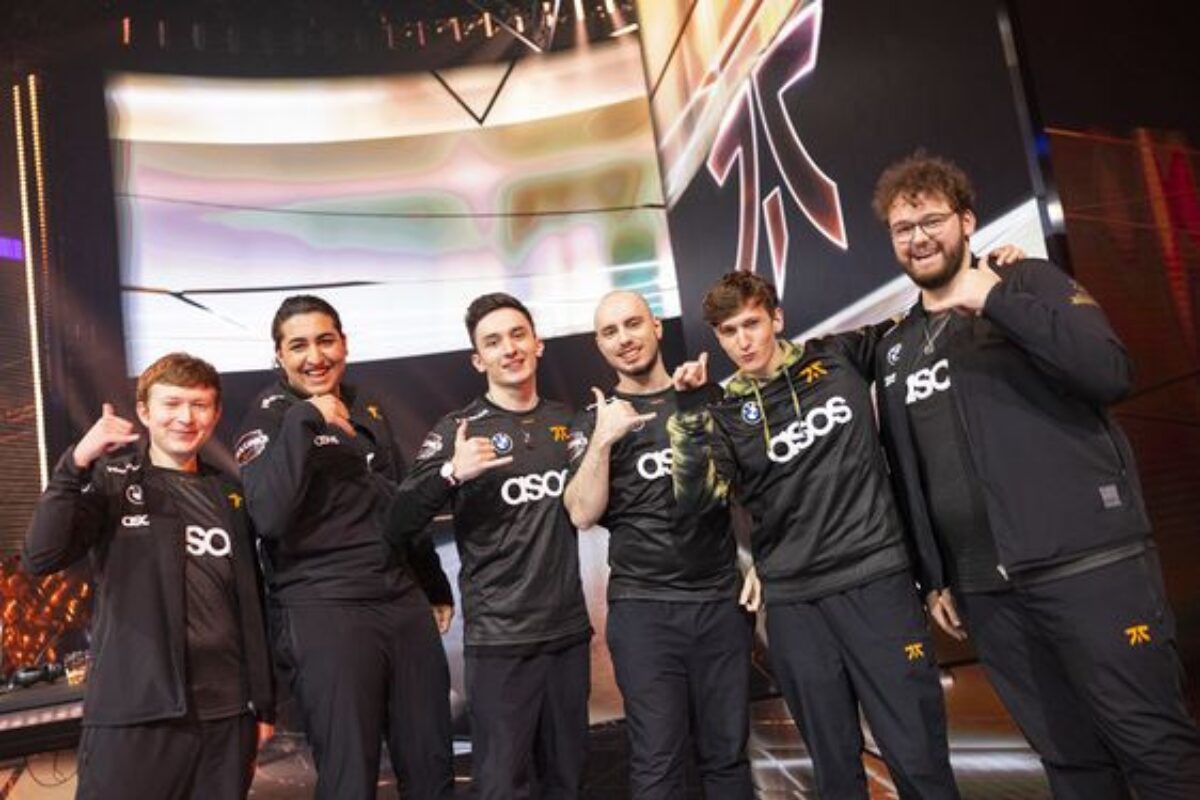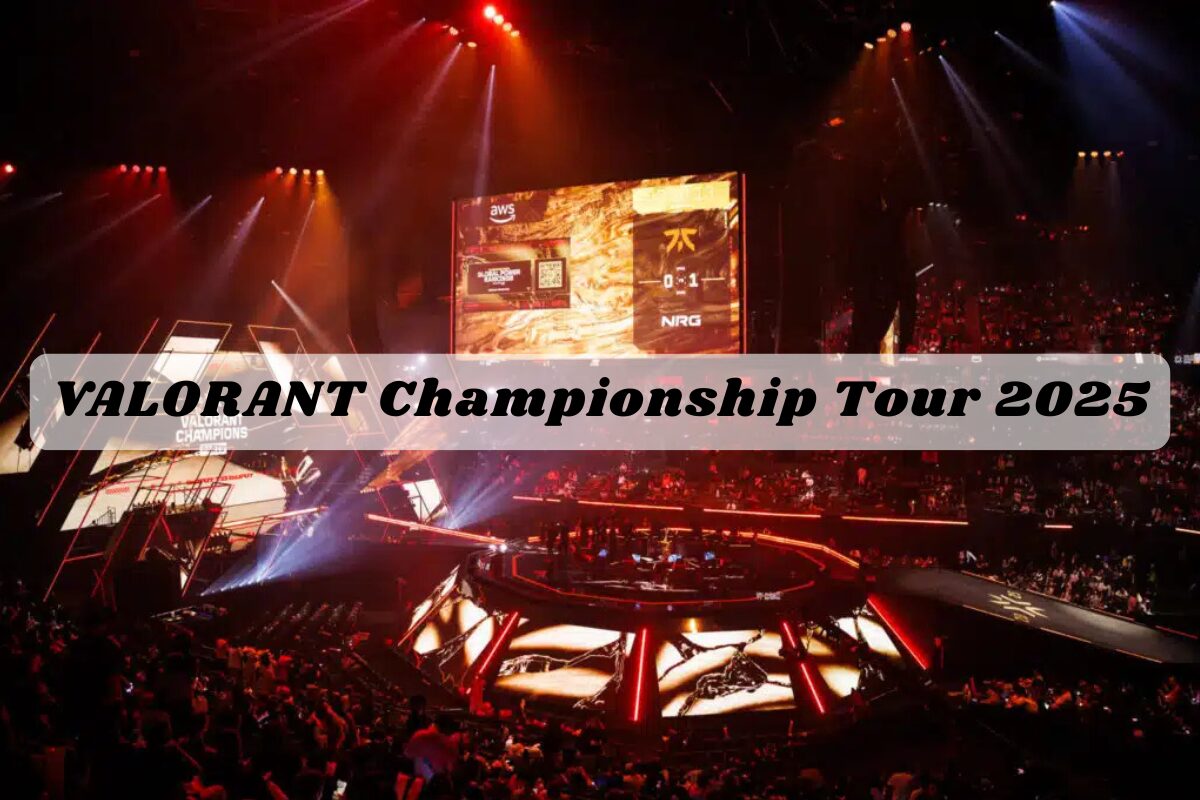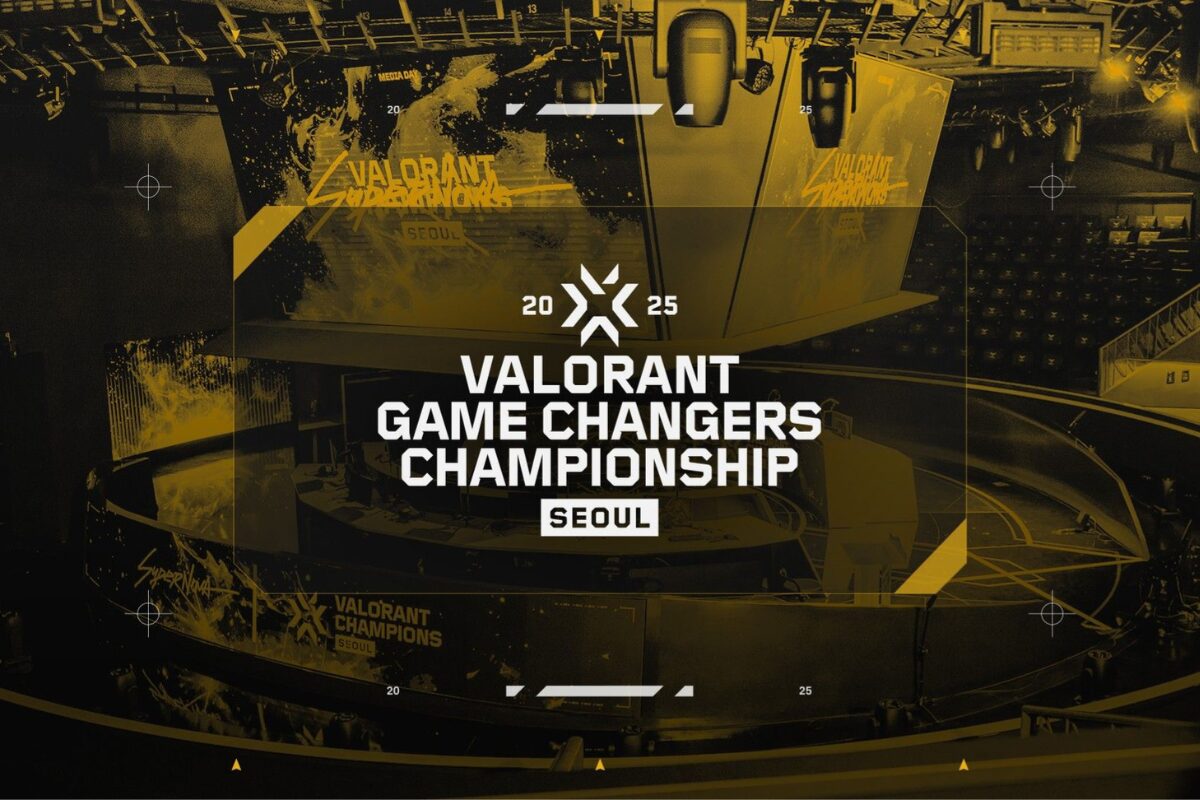Success under the lights is one thing—but what happens behind the curtain often defines an organisation’s true ceiling. For Fnatic, the leadership blueprint extends beyond the server and into the boardroom. Their organisational strategy—spanning management, infrastructure, marketing, and global operations—may prove as decisive to Fnatic 2026 VCT leadership performance as any clutch play in-game. This article examines how business leadership and esports performance now move hand in hand.
Corporate leadership meets esports: the new frontier –Fnatic 2026 VCT leadership
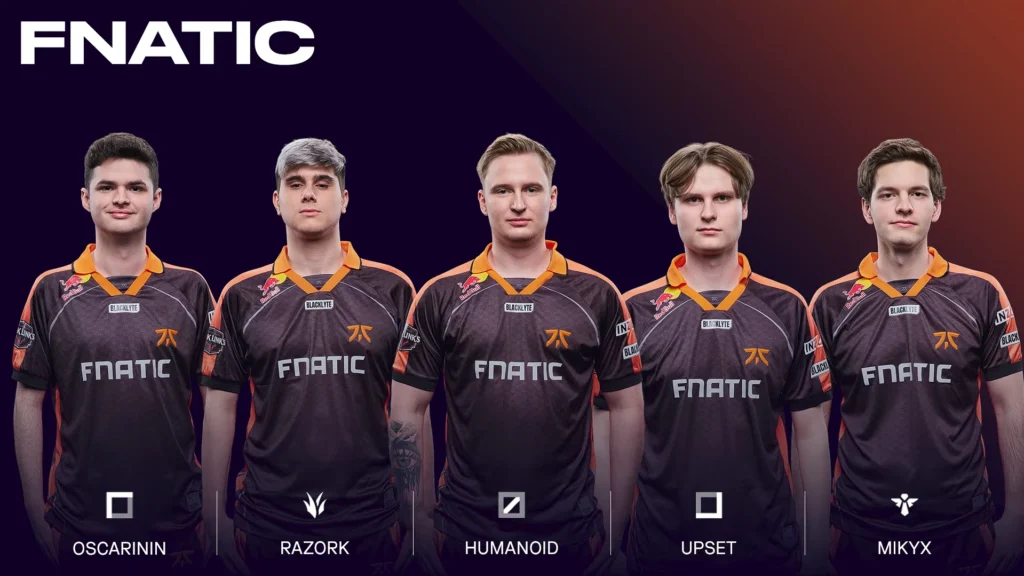
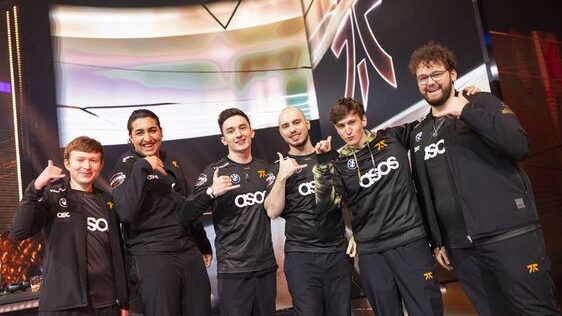
Esports has matured into a global industry where business strategy drives competitive stability. For Fnatic, corporate leadership isn’t just about finances—it’s about enabling excellence. Strategic planning, resource allocation, and leadership alignment ensure that every competitive decision sits within a sustainable business model. In 2026, leading teams act more like tech-driven sports enterprises than gaming start-ups.
How Fnatic’s structure aligns with competitive goals (Fnatic 2026 VCT leadership)
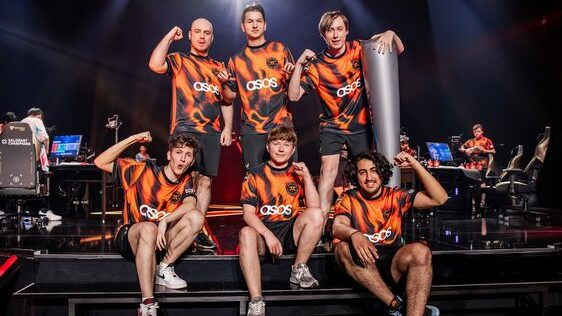
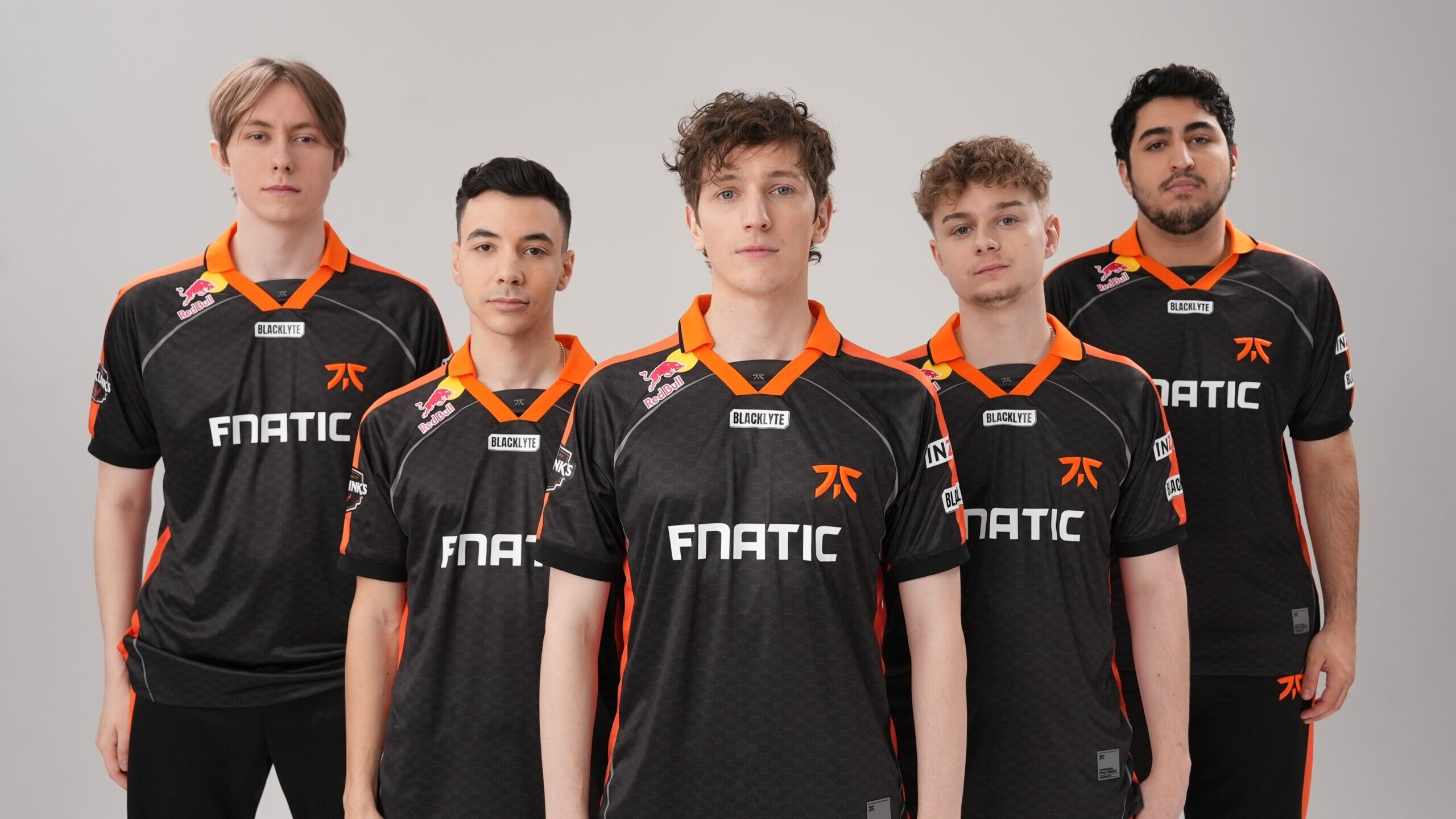
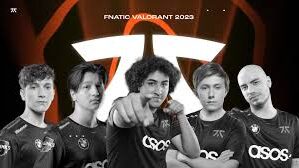
Fnatic’s organisational chart mirrors its gameplay philosophy—clear roles, adaptive communication, and efficient execution. Executives manage sponsorships and growth; operations oversee logistics and player welfare; and team management ensures performance consistency. This interconnected model means leadership decisions at the top directly influence on-server readiness. Transparency and communication across these layers keep the team agile, even under competitive strain. Source: Esports.net
Fnatic 2026 VCT leadership – Investment in infrastructure: training facilities, analytics, scouting
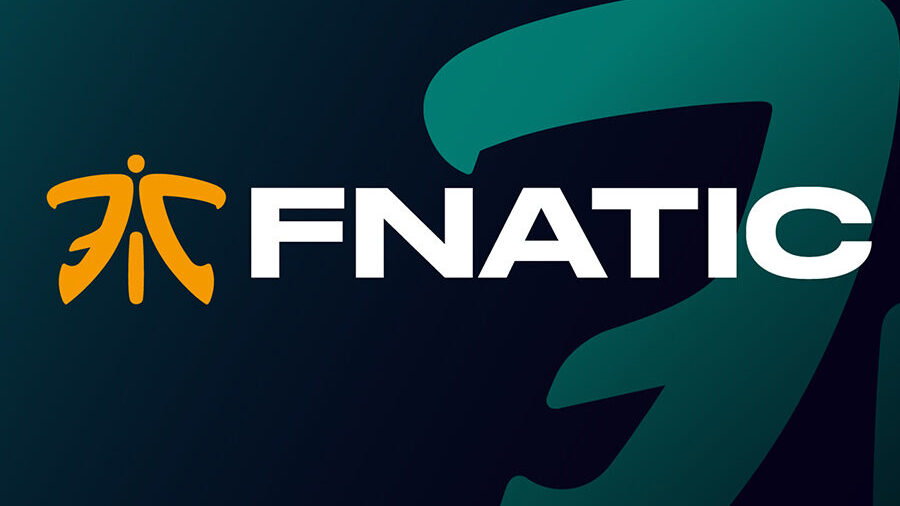

Top-tier performance begins with top-tier preparation. Fnatic’s leadership has prioritised tangible investments: high-performance training facilities, advanced analytics hubs, and expanded scouting programs. Their analytics division integrates AI tools to study patterns, simulate strategies, and identify rising regional talent. Such infrastructure creates long-term resilience—ensuring every roster iteration starts from a foundation of data and development, not guesswork.
Brand and culture leadership: building a fanbase and internal identity (Fnatic 2026 VCT leadership)
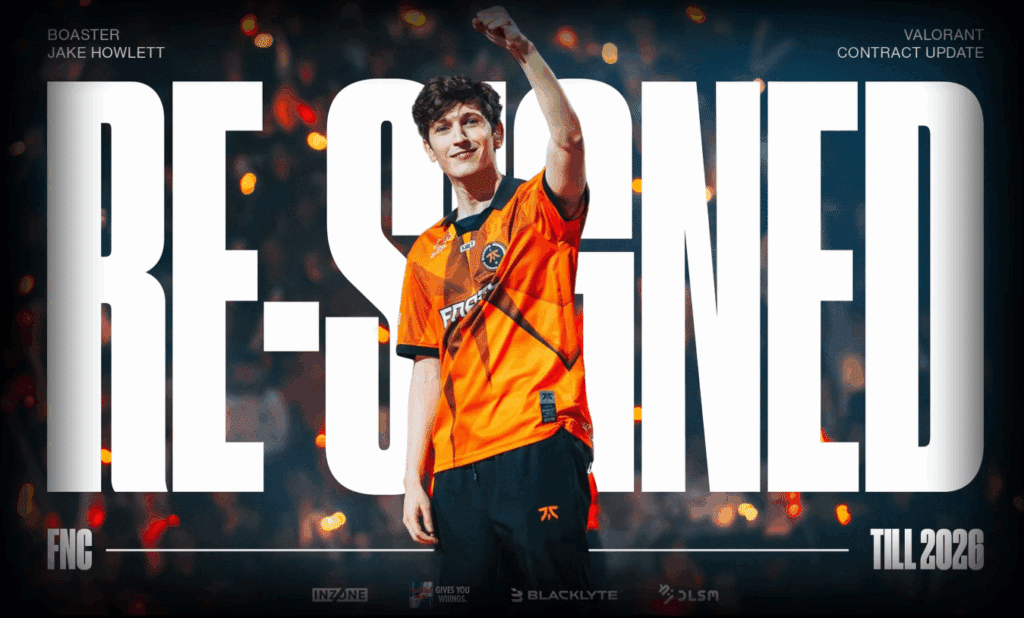
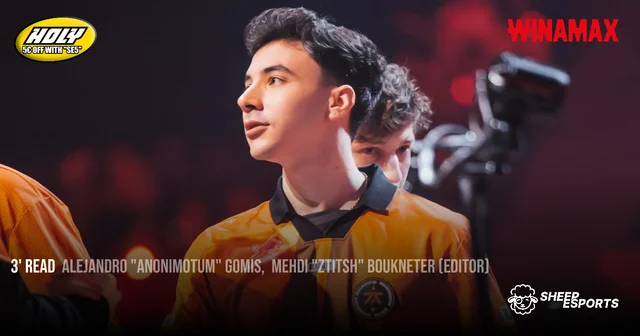
A modern esports team is both a competitive entity and a global brand. Fnatic’s brand leadership focuses on authenticity—maintaining a culture that resonates with fans and empowers employees alike. Leadership emphasises shared values across departments: creativity, adaptability, and inclusivity. This internal culture builds trust within the roster while strengthening fan loyalty externally. A strong brand ecosystem ultimately enhances revenue stability, sponsorship appeal, and player retention.
Risks and opportunities on the organisational leadership front
The same ambition that fuels growth can also introduce risk. Overexpansion, poor cross-market alignment, or leadership fatigue could weaken performance foundations. Yet, when managed effectively, those same ventures become opportunities—new regions, new sponsors, and diversified revenue streams. Fnatic’s leadership faces a dual challenge: maintaining competitive focus while scaling sustainably across continents. In esports, balance is the truest test of leadership maturity.
Fnatic Organisational Leadership Focus — 2026
| Area | Leadership Focus | 2026 Implication |
|---|---|---|
| Infrastructure Investment | Training facilities, tech stack | Better preparation & resilience |
| Talent Pipeline | Scouting & academy leadership | Long-term sustainability |
| Brand & Fans | Marketing leadership, culture | Fan engagement, sponsorships |
| Global Expansion | Leadership in new markets | Strengthening regional presence |
Fnatic’s 2026 aspirations are built on more than in-game mechanics—they rest on the strength of an organisational ecosystem. Their leadership operates across multiple fronts: from business development and analytics to branding and well-being. This synergy between corporate intelligence and competitive excellence could mark a defining shift for the organisation. If Fnatic continues to execute its dual focus—winning both in-game and in-business—2026 may become the year their leadership model sets a new industry standard.

